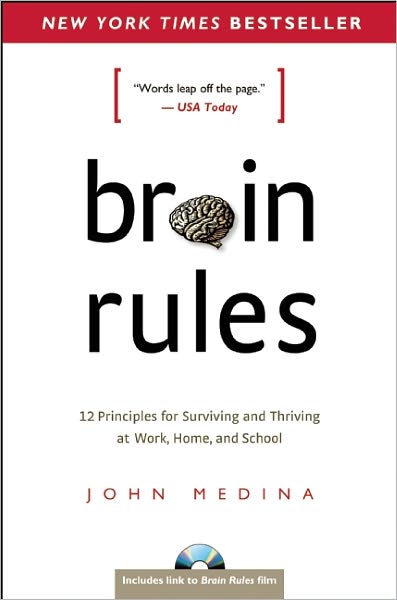- Smaller Class Sizes: In spite of the rhetoric in the news about "class sizes don't matter," according to Medina they do matter. He says, "Given every brain is wired differently, being able to read a student's mind is a powerful tool in the hands of a teacher." It's difficult to read student minds when you have 35 to 40 minds as opposed to 20 to 25, or even smaller. Further, Medina states, "Because a teacher can keep track of only so many minds, there must be a limit on the number of students in a class---the smaller the better." If you're churning on test scores alone, maybe class size doesn't matter, but if you're trying to keep up with student minds and differentiating learning, class size does matter.
- Customized Instruction: The old admonition to create more individualized instruction has a great deal of support in brain research. Medina writes: "You cannot change the fact that the human brain is individually wired. Every student's brain, every employee's brain, every customer's brain is wired differently. That's the Brain Rule. You can either accede to it or ignore it. The current system of education chooses the latter, to our detriment. It needs to be torn down and newly envisioned, in a Manhattan Project -size commitment to individualizing instruction." That settles it, we should strive to individualize instruction for our students rather than engage in trying to standardize it for all students.
It is clear from Medina's work that two things we need to be doing in education are providing smaller class sizes where teachers can "get to know their students' brains" and customize instruction to fit the individual brain wiring our students have. In an era that seeks more and more standardization through testing and common standards, Medina's book makes us wonder whether we are doing the right thing with our current education policy. As usual policymakers engage in reforms that are the opposite of what we should be doing.

I love working in an inclusion class of 13. It does allow me to "study" and "figure" my students out. I also am able to nurture a bond with my students as well.
ReplyDeleteI teach in an inclusion class of 25 with 8 (soon to be 9) IEP students, two of the ED, and my head has been spinning since day 1. I have 22 years of experience as a teacher, but even this is too much to expect. Amen to your post, especially the last sentence.
ReplyDelete